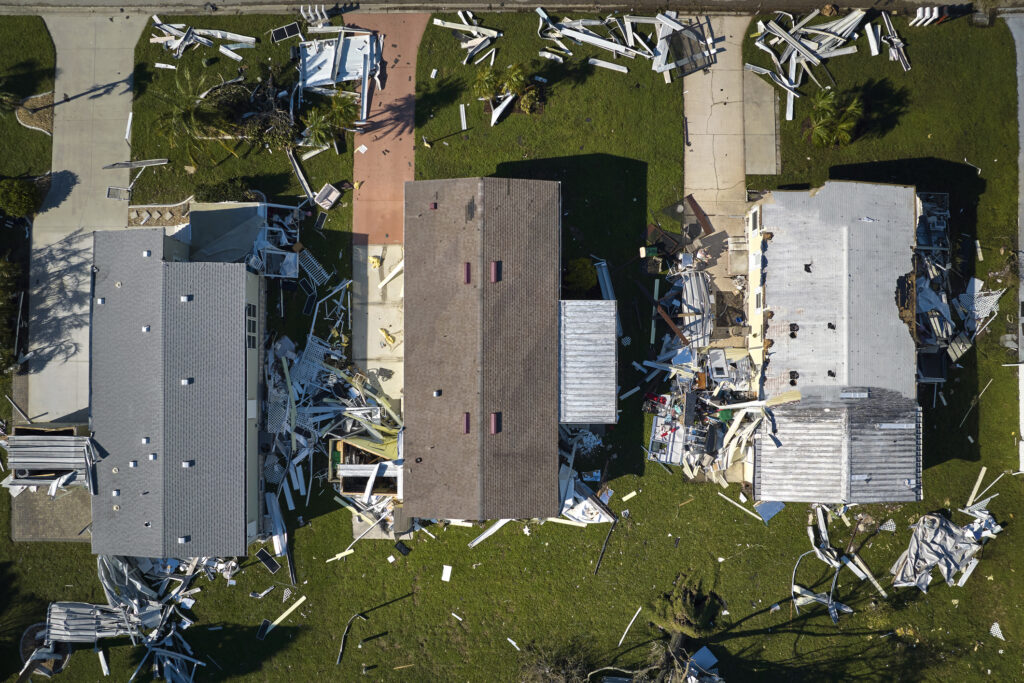
FEMA Releases Climate Adaptation Planning Guidance
FEMA's Guide provides emergency managers with tools to enhance their climate resilience through planning strategies and best practices
Last month, the Federal Emergency Management Agency (FEMA) published the Climate Adaption Planning: Guidance for Emergency Managers to help state, local, tribal and territorial (SLTT) emergency managers integrate climate adaptation strategies into their community emergency management planning efforts.
The guide seeks to address the evolving hazard landscape due to the increasing impacts of climate change and provide emergency managers with solutions to plan differently when assessing disaster risk and community resilience.
Building codes are highlighted throughout the guide as an integral pillar of climate adaptation planning and pre-hazard mitigation.
The guide is broken into a few main sections:
- A brief introductory section and definitions of key terms
- An overview of climate science, regional impacts and potential climate modeling tools
- Case studies and best practices for emergency managers to plan for changes in climate
- Inclusion of FEMA’s Comprehensive Preparedness Guide 101: Building and Maintaining Emergency Operations Plans which outlines an exhaustive six step planning process for climate adaptation. The adoption of hazard-resistant building codes is also identified in the Comprehensive Preparedness Guide as a key planning strategy to improve community resilience and reduce the need for emergency response resources
Responding to the Rising Frequency of Hazardous Events
The FEMA Climate Adaptation Planning Guidance is a timely resource as communities and emergency managers are facing unprecedented challenges in responding to the increasing magnitude and frequency of hazard events driven by climate change. Since 1980, 378 disasters, each causing $1 billion in damage or more, have occurred across the U.S. The number and costs of these events have been rising: in 2023, there were 28 disaster events with losses of $1 billion or more, which was above the 20.4 event average over the past five years, accounting for over $93.7 billion in damages and 492 deaths.

As climate change continues to increase the magnitude and frequency of hazard events, climate adaptation planning has become ever more important. Trying to respond to major disaster events in real-time has proven unsustainable—too many lives are impacted, and the economic costs are too high and compounding.
The FEMA Climate Adaptation Planning Guide outlines the need for emergency managers to implement a systematic approach to identify the threats and hazards that might impact a community given plausible future climatic conditions. Adoption of modern hazard-resistant building codes can provide a cost-effective mechanism to enhance resilience in the face of future climate hazards and impacts.
Federal Grant Support for Building Resilience
The FEMA Climate Adaptation Planning Guidance also details Federal grant programs that support the adoption and implementation of modern building codes to support climate adaptation and mitigation. These programs include:
- FEMA’s Building Resilient Infrastructure and Communities (BRIC) program allocated $137 million in FY23 to support SLTT government implementation of modern building codes that reduce risk
- FEMA’s Hazard Mitigation Grant Program (HMGP) program provides funding to SLTT governments so they can develop hazard mitigation plans and rebuild in a way that reduces, or mitigates, future disaster losses in their communities. HMGP funds can support post-disaster building code adoption and enforcement to enhance community resilience to future hazards
- Department of Energy’s Resilience and Efficient Codes Implementation (RECI) program provides funding to support SLTT governments in the effective implementation of updated building energy codes to enhance community and building resilience
These funding opportunities provide communities with opportunities to transform their new building stock to be hazard-resistant and resilient to their future climate risks.
The International Code Council has developed resources to assist communities in accessing these funds, you can access these resources here.






